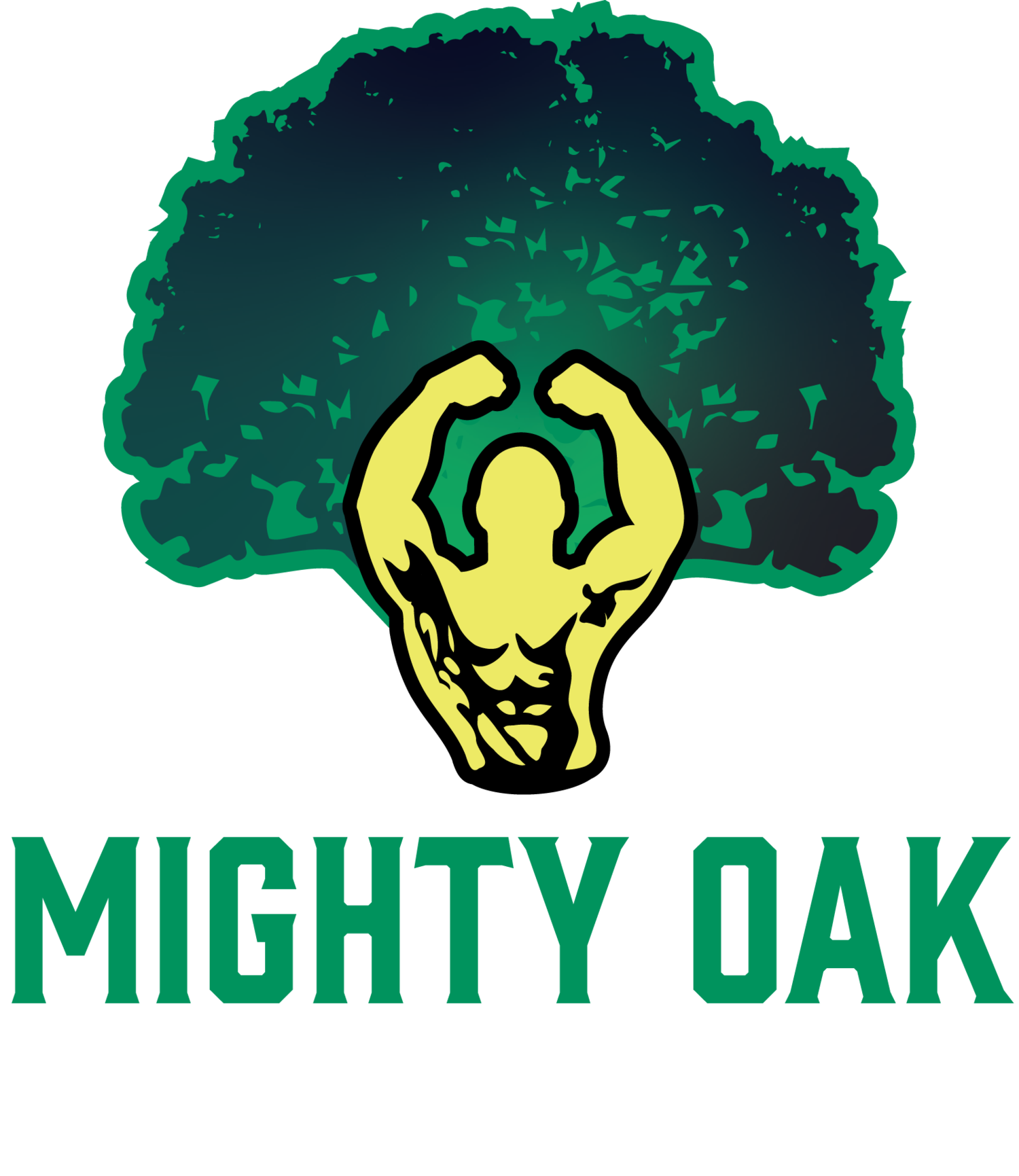How To Use Strength Training to Combat Age-Related Muscle Loss: Insights from U.S. Health Guidelines
How To Develop a Strength Training Routine That Aligns with U.S. Health and Human Services Guidelines
The United States Department of Health and Human Services' Physical Activity Guidelines for Americans provide comprehensive recommendations for various age groups, emphasizing the importance of regular physical activity, including strength training. These guidelines highlight that strength training is not just about building muscle mass; it plays a critical role in overall health and well-being.
Strength Training and Its Benefits
1. Building Strong Bones: Strength training activities, especially those that are weight-bearing like push-ups or climbing, are crucial for developing and maintaining bone density. This is particularly important as one ages, helping to prevent conditions like osteoporosis
2. *mStability and Balance: By enhancing muscle strength and endurance, strength training contributes significantly to better balance and stability. This is crucial for older adults, as it reduces the risk of falls and related injuries.
3. Weight Management: Muscle-strengthening activities are effective in weight control. By increasing muscle mass, the body burns more calories, even at rest, aiding in maintaining a healthy weight.
4. Countering Age-Related Muscle Loss: As people age, they naturally lose muscle mass. Engaging in regular strength training can counteract this loss, maintaining muscle function and strength throughout the lifespan.
5. Heart Health: While aerobic exercises are often highlighted for cardiovascular benefits, strength training also plays a role. It helps in managing conditions like hypertension and can improve overall heart health.
6. Boosting Longevity: Regular physical activity, including strength training, is associated with increased longevity. It helps in reducing the risk of various chronic diseases and improves quality of life.
Creating an At-Home Strength Program
Based on the exercises available on Mighty Oak Athletic's website, an at-home strength program can be developed using bodyweight exercises. The program can include:
1. Push-Ups: For upper body strength, focusing on the chest, shoulders, and triceps.
2. Squats: To strengthen the lower body, particularly the thighs, hips, and buttocks.
3. Planks: Core strengthening exercises that also benefit the back and shoulders.
4. Lunges: For lower body strength, targeting the thighs and glutes.
5. Jumping Jacks: A full-body workout that also serves as a cardiovascular exercise.
The program should aim for at least 60 minutes of moderate-to-vigorous intensity physical activity each day for youth ages 6 through 17, including muscle and bone-strengthening activities at least 3 days per week. For adults, the guidelines recommend at least 150 to 300 minutes of moderate-intensity aerobic activity and muscle-strengthening activities at least 2 days each week.
This at-home program can be tailored to individual fitness levels, with modifications for beginners and more challenging variations for those with more experience. Consistency and progression are key, gradually increasing the intensity and complexity of the exercises as strength and endurance improve.
Remember, before starting any new exercise regimen, it's advisable to consult with a healthcare provider, especially for individuals with pre-existing health conditions or those who have been inactive.

